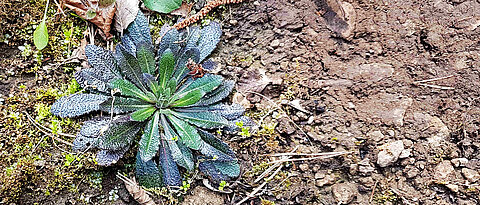Critical conflict in cancer cells
11/29/2021
The cells of a certain tumour type, called neuroblastoma, divide very rapidly. This rapid division can have potentially fatal consequences for them. A new study shows how neuroblastoma cells deal with this dilemma.
more






















